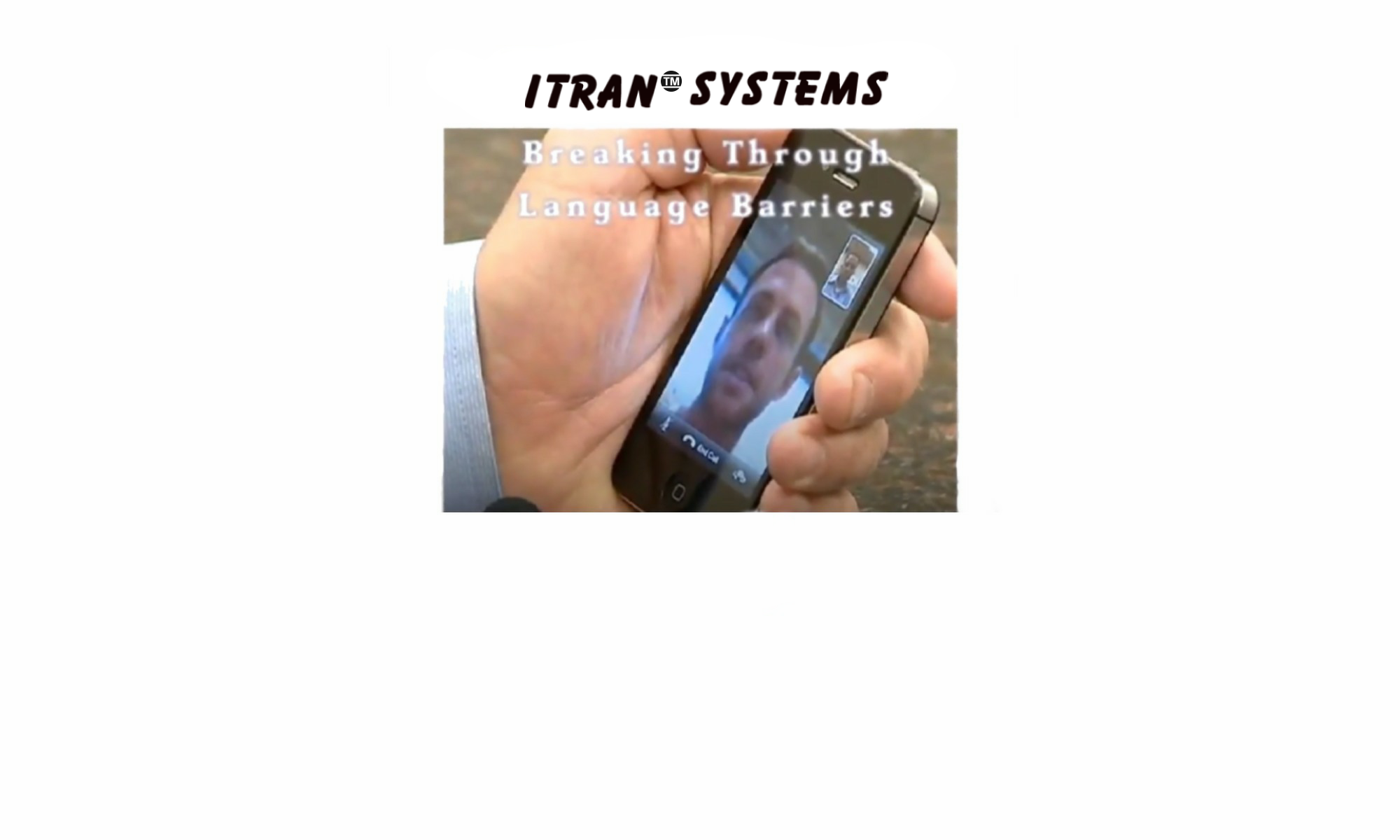The Affordable Care Act (ACA) is comprised of provisions designed to expand access to subsidized health insurance coverage and reduce the number of uninsured, which will cause a predicted 30 million newly-insured patients to flood what some deem to be an already overburdened healthcare system—and 9 million of whom are limited English proficient (LEP) and speak a primary language other than English. Despite federal law mandating language services for limited LEP patients, they do not often have support when seeking healthcare services. Hospitals must now meet new regulatory standards and provide interpreting services or risk noncompliance with federal law—a move that could land them in severe financial jeopardy as a result of medical malpractice.
Healthcare providers are already encountering a rising number of LEP patients. Over 50 million Americans are LEP, a number that is growing rapidly and has increased by 30 percent over the past decade—more than triple the growth rate of the overall U.S. population. But despite studies proving that language barriers are highly associated with repeat visits to the emergency room and an increased likelihood for fatal consequences and medical malpractice lawsuits, fewer than half of patients who need an interpreter usually get such assistance.
A major problem that hospitals face in providing language services is that they are costly: the average U.S. hospital spends nearly $1 million a year on language services. And although these services are available, they are often underutilized because they are difficult to access, leading providers to sometimes communicate with LEP patients using methods such as hand signals and informal interpreters like the patients’ own family members.
However, according to industry experts “The costs of language services pale in comparison to those associated with malpractice suits due to language barriers.”
As LEP individuals begin representing an overwhelmingly large percentage of the population, providing the language services currently used by most facilities—such as in-person interpreting—will become more expensive, and the resulting landscape will not only necessitate a more effective strategy that allows patients and interpreters to interact face-to-face, but will also provide a major incentive for healthcare organizations to provide the most effective services possible for LEP patients.
